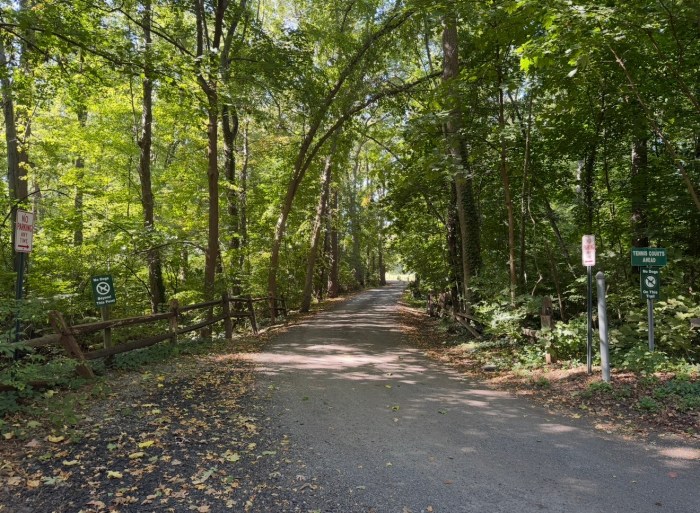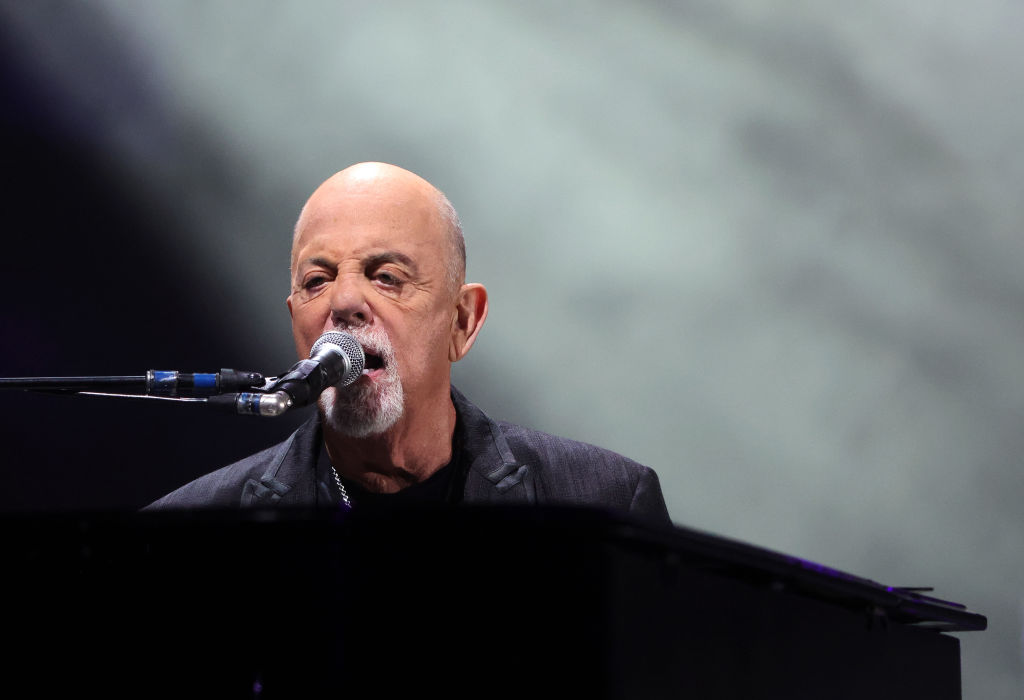Wind Energy at the Thruway: A Win-Wind Project
As the demand for more energy increases, the New York State Thruway Authority is taking steps to consume less energy and make a “greener” Thruway through the use of clean, wind energy. Medium-scale wind energy turbines will be installed at various locations in Western New York along the Thruway system which will provide enough energy to make some Thruway facilities energy self-sufficient.
Planned locations for the wind turbines include:
• Dunkirk Interchange (Exit 59; Town of Dunkirk)
• Eden/Angola Interchange (Exit 57A; Town of Evans)
• Silver Creek Interchange (Exit 58; Town of Hanover)
• Ripley Toll Barrier (Town of Ripley)
• Westfield Maintenance Facility (near Exit 60; Town of Westfield)
Progress on design of the turbine projects is under way with construction anticipated in 2012. The first turbine is anticipated to be constructed at the Dunkirk Interchange (Exit 59). They will be owned and operated by the Thruway Authority with each turbine producing at least 100 kilowatts of electricity. The electricity produced will be used internally by Thruway Authority facilities and when fully constructed, more than 30 percent of the energy consumed in the Buffalo Division will be derived from wind power.
“Our commitment to meet more of our own energy needs by using renewable energy is another indication that the Thruway Authority continues to grow in the 21st Century,” said Thruway Authority Acting Executive Director Thomas J. Ryan. “In fulfilling a commitment to one of the Thruway’s core principles — environmental stewardship — and to assist in the attainment of the state’s Renewable Portfolio Standard goals, we are attempting to reduce our non-renewable electric utility costs. To accomplish this, we will use our right-of-way assets to build wind turbines while promoting environmentally friendly technologies along our roadway in Western New York.”
With the approval of the “Remote Net Metering” law by Governor Andrew M. Cuomo on June 3, 2011, wind energy is now even more economical, and allows for quicker payback of scarce investment dollars. Previous to this new law, wind energy turbines could only power an adjoining facility through one electrical meter. The new law allows owners of renewable energy systems such as wind turbines to receive a credit on utility bills for any unused power supplied to the electric grid. The credit then offsets the power consumed from the grid at other facilities the customer owns, as long as the facility is in the same “utility load zone”as the installed renewable energy system.
New York State has set a goal to secure 30 percent of its electricity needs from renewable energy resources by 2015. The Renewable Portfolio Standard, New York’s cornerstone renewable energy policy, was created by the Public Service Commission to promote the development of new renewable energy resources. The RPS, which is administered by the New York State Energy Research and Development Authority, will help reduce the state’s dependence on fossil fuels and emissions of greenhouse gas emissions, and will help build a clean-energy economy by funding clean-energy production.
“Investments in clean, renewable energy resources mitigate the adverse environmental impacts associated with fossil fuel electricity generation and will help diversify New York’s portfolio of energy resource,” said Francis J. Murray Jr., President and CEO of NYSERDA. “I commend the Thruway Authority for its commitment to clean, sustainable energy sources. The wind energy systems installed at its Western New York facilities will help us meet Governor Cuomo’s ambitious energy and environmental goals.”
Unlike nearly every other form of energy, wind does not use water, and by 2030, wind will save as much as 30 trillion bottles of water in the U.S. nationally, according to the American Wind Energy Association. Wind is by far one of the cleanest forms of energy on the planet, because wind uses no water, requires no fuel, and has no waste.
The Thruway Authority’s wind energy project will play a vital role in a system-wide plan to reduce energy costs. Other major components of this plan include:
• Working with the New York Power Authority to convert the Thruway Authority’s headquarters building from electricity to natural gas and performing other major heating and cooling upgrades. Upon the project’s completion in 2012, energy used at this facility will be reduced by 2.6 million kilowatts and will save the Thruway Authority $280,000 in energy costs;
• Utilizing an energy aggregator, under a pilot program, to purchase electricity for the Thruway Authority’s largest meters, saving the Thruway Authority over $345,000 in electricity costs. In 2011, the Thruway Authority will seek to expand the pilot program to purchase low-cost electricity for additional facilities as well as obtain lower cost natural gas; and
• Utilizing the New York State Energy and Research and Development Authority’s (NYSERDA) Flex Tech program to select a consultant for the development of an Energy Master Plan that will identify specific, system-wide energy efficiency and conservation projects, including solar thermal and solar photovoltaic power applications. This Energy Master Plan is expected to be completed in 2011.
Clough, Harbour and Associates, based in Albany, is the engineering consultant for the Thruway’s wind project.
For more information about the Thruway Authority’s environmental stewardship commitments, please visit www.thruway.ny.gov/environmental/index.html .

































